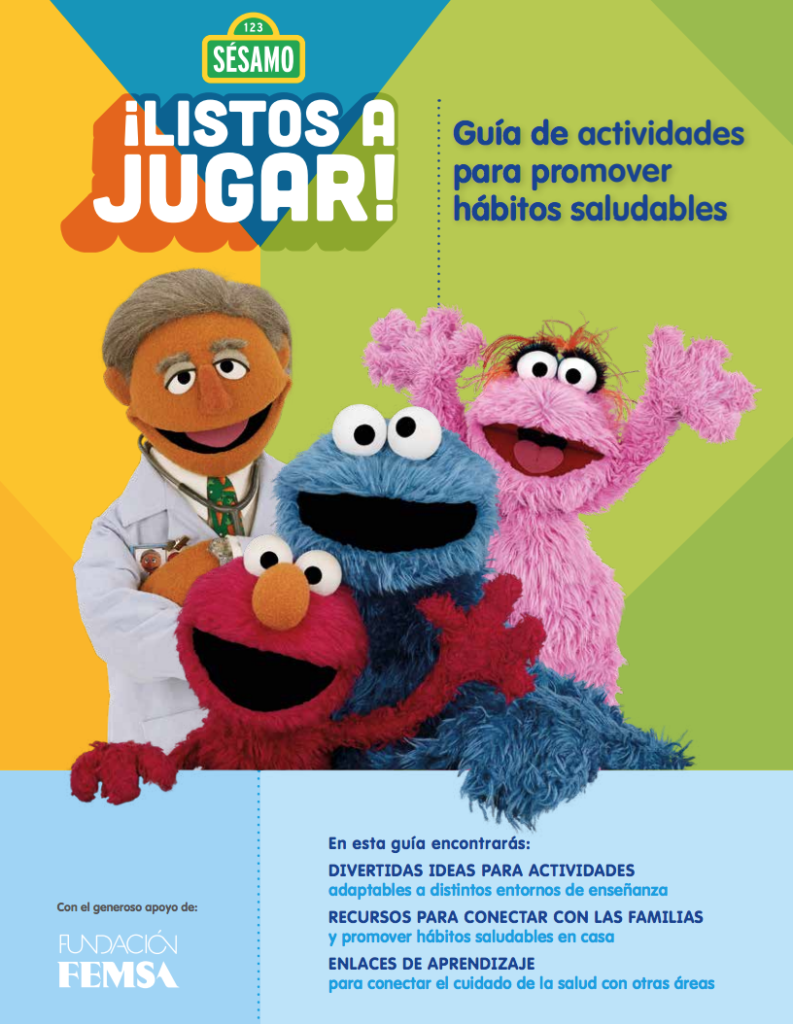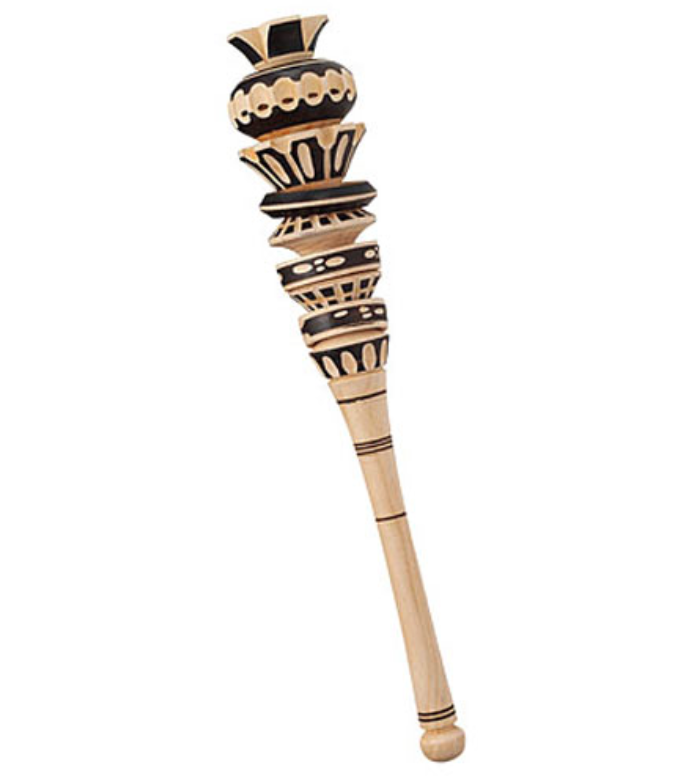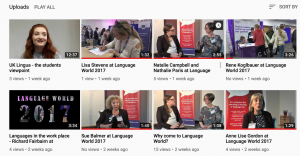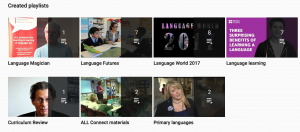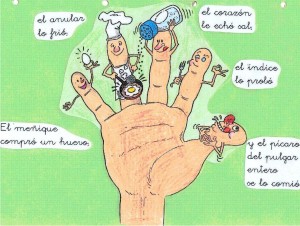
Whilst I know that many schools do not celebrate Halloween (mine don’t!) I thought I’d share these ideas that I’ve used, made or seen over the years.
- A Halloween Storybird.
- Songs about ‘calabazas’
- Songs about ‘esqueletos’
- A story.
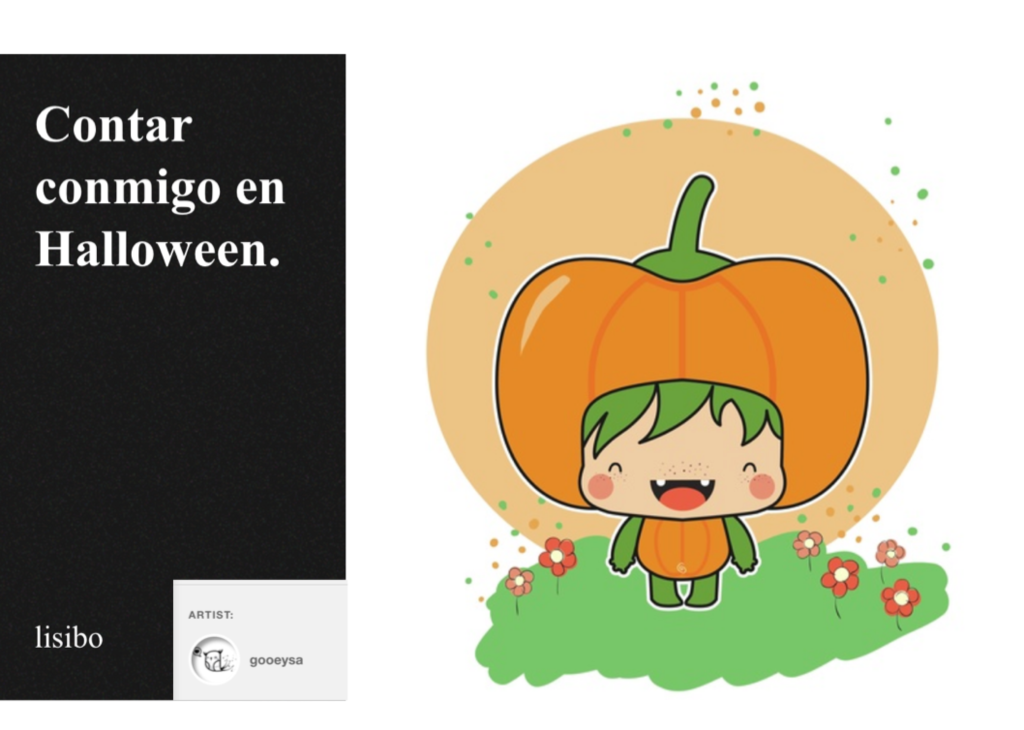
In 2012 I made this Storybird at the request of the Reception teacher at my school. I say ‘my school’ but at the time I lived in Switzerland and they were missing me!
I happily created it and shared it with them, and then with you via my blog in this post.
Unfortunately in the intervening years, Storybird has changed the way you can share so the link was broken so I created a PPT of the pages and added some activities and extra slides today, then narrated it. The link to it is at the bottom of the post.

I’ve shared the first of these songs before when I subtitled it (using a tool that doesn’t exist anymore so it’s lost 🙁
However, you can switch on the CC subtitles now and whilst, not perfect (the third ‘calabaza’ is ‘enojada’ and the subtitle read ‘que no y no’) they serve the purpose!
As you can see, each ‘calabaza’ is expresses a feeling using the phrase ‘se siente…’ and you could follow up this song with asking ¿Cómo te sientes? (How are you feeling?) with children responding “Me siento…”
Here are the lyrics:
Cinco calabazas sentadas en su casa
Una calabaza se siente muy cansada.
Cuatro calabazas sentadas en su casa
Una calabaza se siente asustada.
Tres calabazas sentadas en su casa
Una calabaza se siente enojada.
Dos calabazas sentadas en su casa
Una calabaza se siente muy frustrada.
Una calabaza sentada en su casa
Una calabaza se siente sorprendida
Cinco calabazas duermen en su casa
Cuando sale el sol, se sienten muy felices.
I’ve just discovered this second video, also about ‘calabazas’ and emotions. This time the ‘calabazas’ are more animated, and express their feeling using the verb estar. Some interesting vocabulary used including gruñona, a great word meaning grumpy or cranky! Another opportunity to discuss feelings, asking ¿Cómo estás? with children replying Estoy… It also offers an opportunity to look at the present continuous Estoy+gerund.
Here are the lyrics:
Letra:
Una calabaza, sonriendo, sonriendo. x3
Una calabaza está feliz.
Dos calabazas, gruñendo, gruñendo. x3
Dos calabazas están gruñonas.
Tres calabazas, bostezando, bostezando. x3
Tres calabazas están con sueño.
Cuatro calabazas, llorando, llorando. x3
Cuatro calabazas están tristes.
Cinco calabazas, riendo, riendo. x3
Cinco calabazas están jugando.
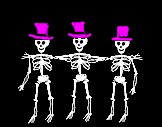
I’ve long been familiar with the Babelzone song about ‘Los Esqueletos’ that has a skeleton coming out of the ‘tumba’ every hour of the night as the clock strikes, and have shared it many times! The version below has a bit more ‘movida’ and also uses ‘desde…. hasta’ to give a range of time (from … until) rather than ‘cuando el reloj marca…’ Certainly an earworm!
I also like this version as it’s a rhyme rather than a song; great to work on rhythm and link language learning to music. You could find the percussion instruments and really get a beat going!
And then it becomes a song encouraging you to dance. First moving your ‘cintura’, then your ‘cabeza’, ‘rodillas’ and finally your ‘cuerpo’
If you prefer ‘calaveras’ to ‘esqueletos’ you could try this version or this one.
And linking ‘los esqueletos’ to parts of the body, you could try “El Baile del Esqueleto.” To the tune of Dem Bones, the song encourages you to move and dance whilst simply talking about how your bones are connected to one another. You could use it as part of a science lesson on the skeleton, or as an exercise in finding the word for or working out what the lyrics mean using scientific knowledge.
I’ve recently found this one too Tumbas por aquí, tumbas por allá that would be fun for a topical tidying up song!
And not entirely a song about ‘esqueletos’ but here’s a ‘Halloween’ version of 5 babies jumping on the bed with skeletons and a ghost Mummy telling them off!
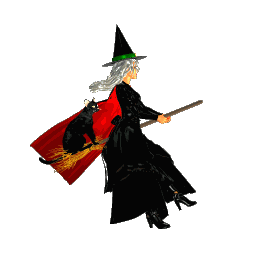
During lockdown I recorded a number of stories for my pupils and, like many people, had some online shopping sprees when I couldn’t get out. I combined these when a colleague discovered that I had bought a Julie Donaldson/Axel Scheffler book that is her favourite and asked me to record it for her so she could hear what it sounded like. I’ve uploaded it here for the next few weeks if you’d like to use it. After that, you can have a look at this version which is animated with pictures from the book (but also has some spelling mistakes!) or this one.
If you have a Twinkl subscription there is a set of vocabulary to accompany the story here and the bottom of this post has a couple of craft activities too. Obviously, activities for the English version Room on a Broom could also be used and/or adapted, especially craft activities as they have no text on them; here are some examples Kiddycharts Scholastic Teaching Ideas
And from the roomonthebroom.com, here are some downloadable activities:
Finger puppets
Pairs game
Can you find..?
colouring
So – there are my ideas for Halloween. As I said at the beginning, I don’t celebrate Halloween in my schools, but we do look at another festival at this time of year – Día de los Muertos.
But that’s for another post!
Must fly!

